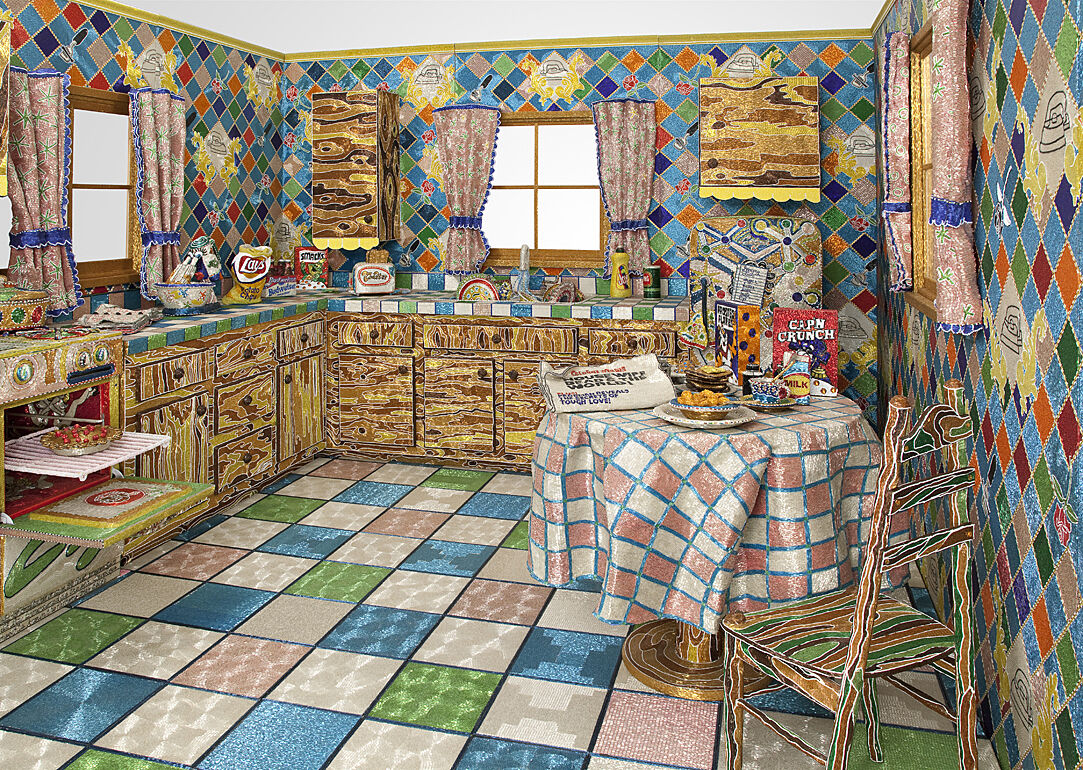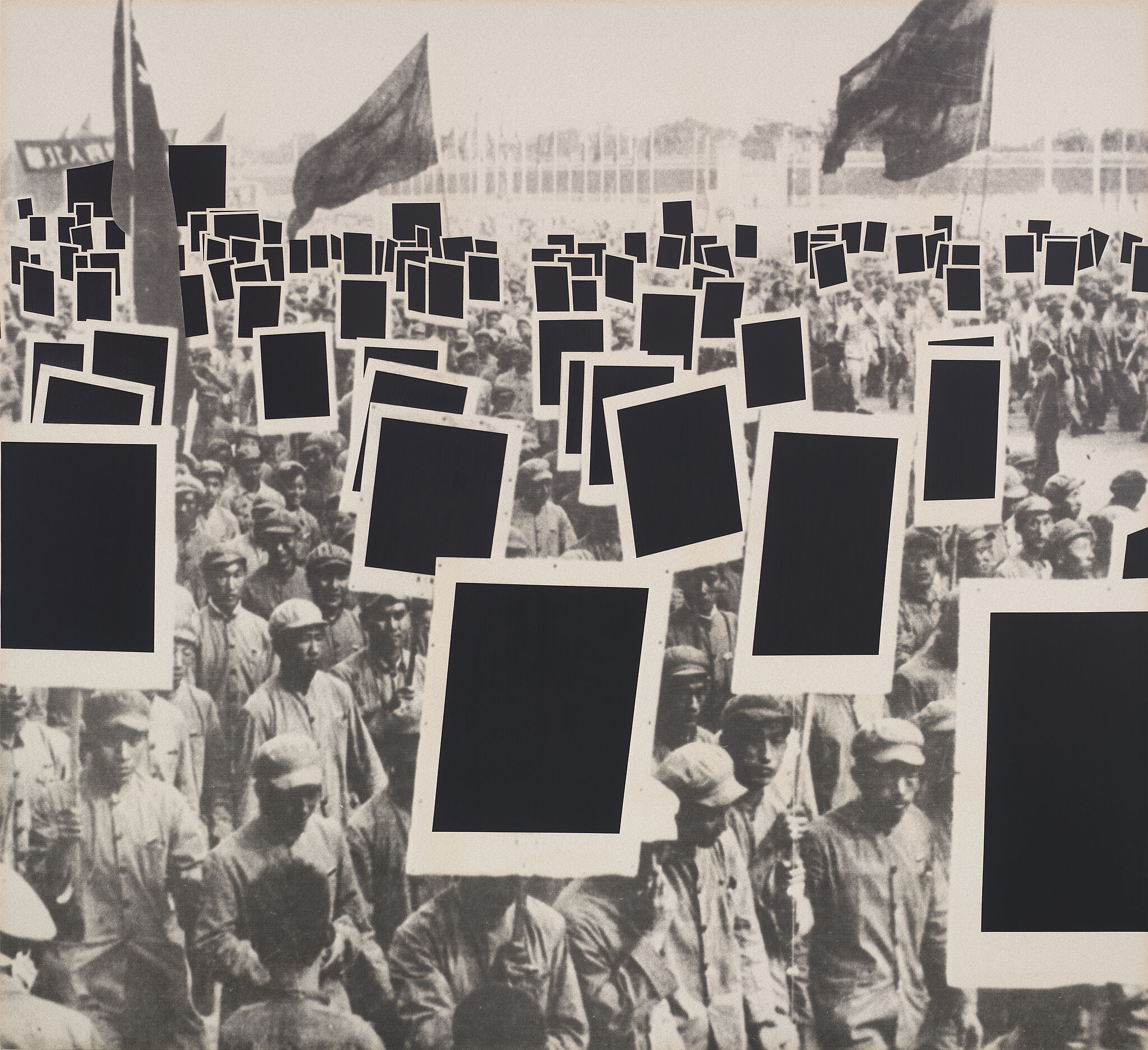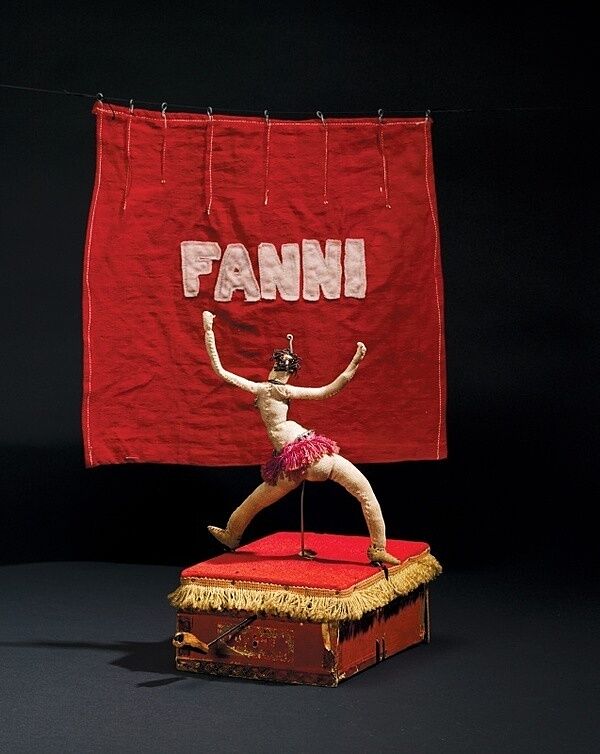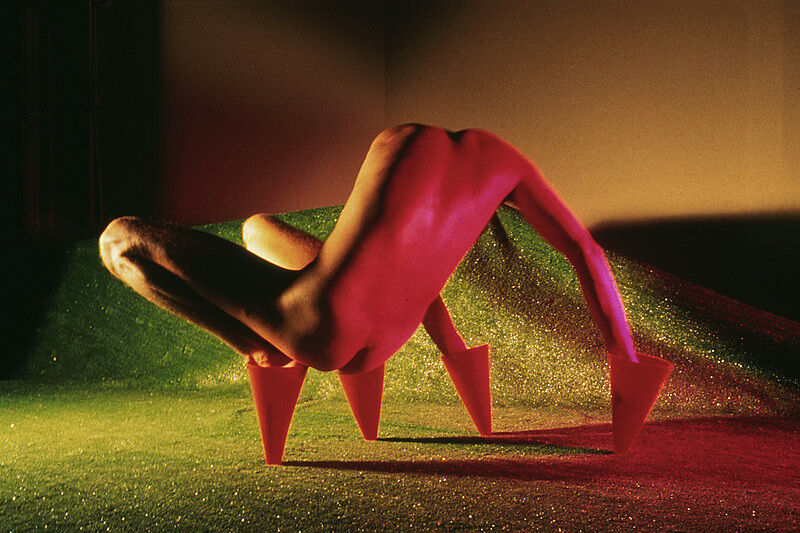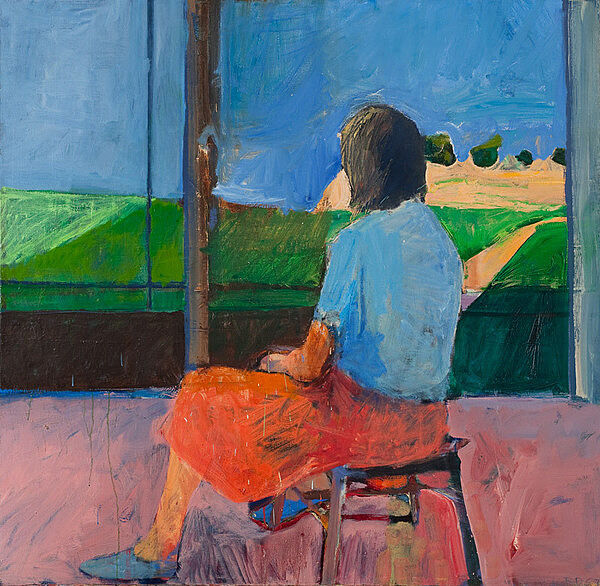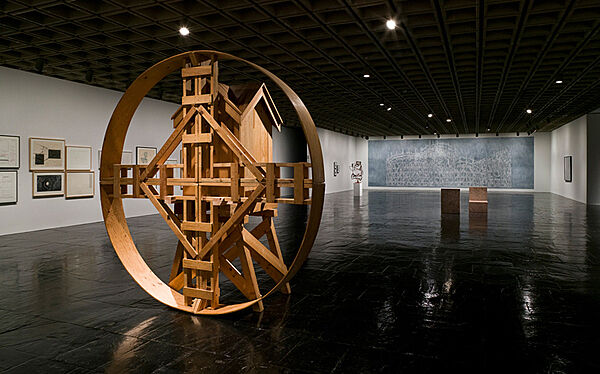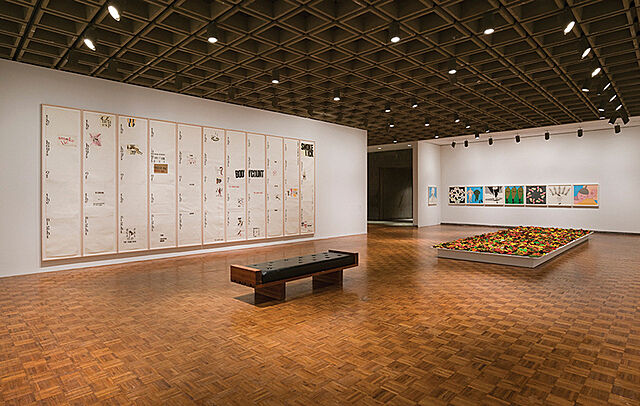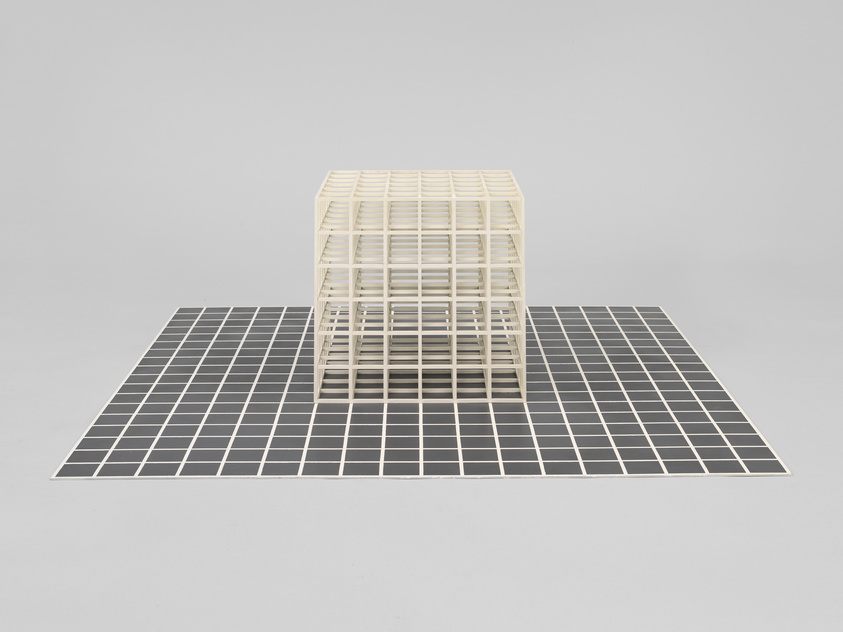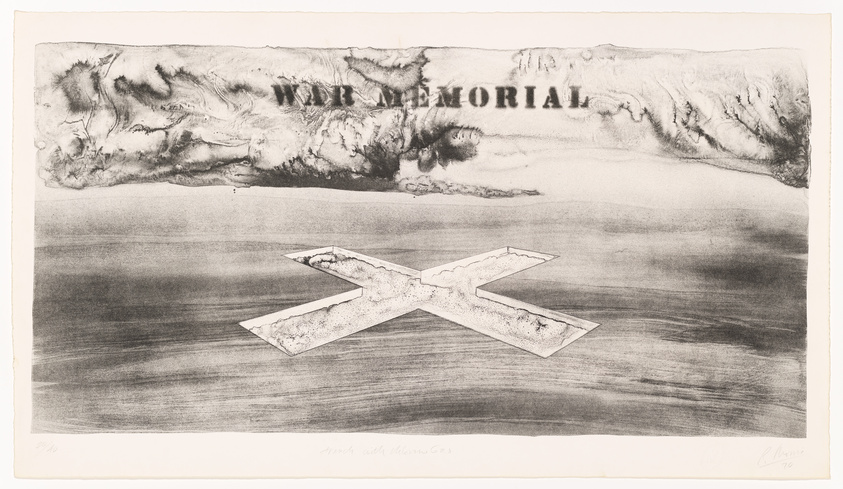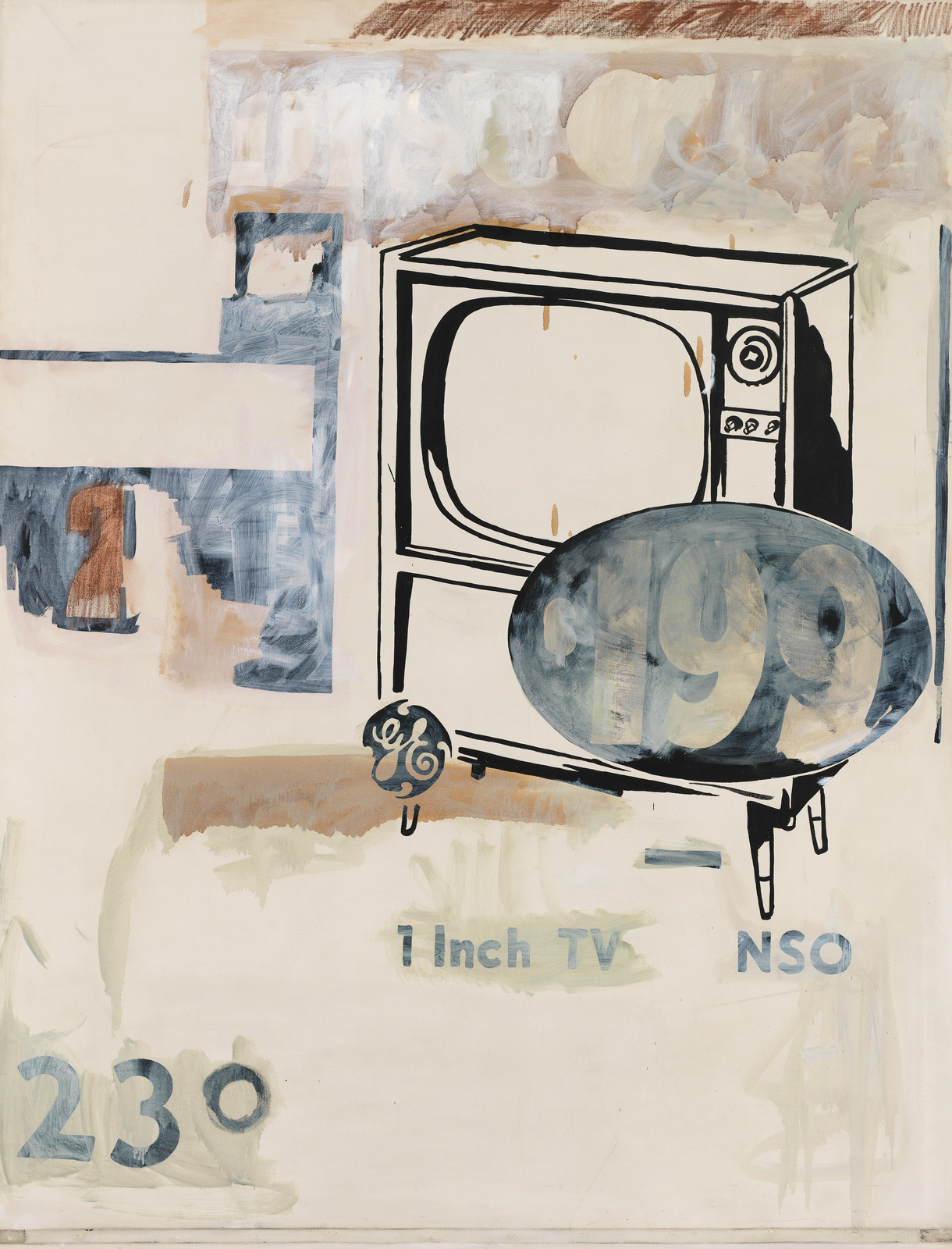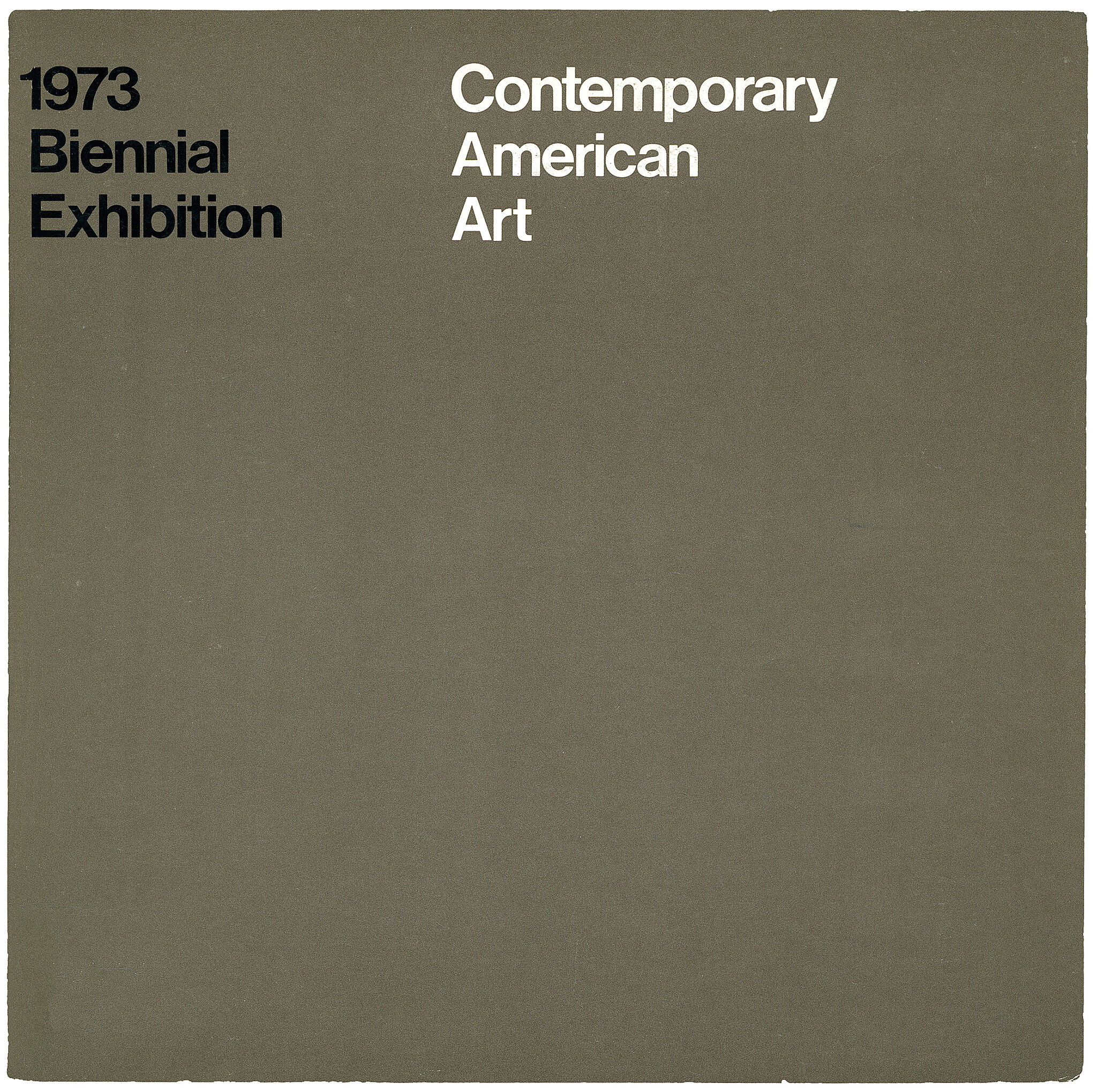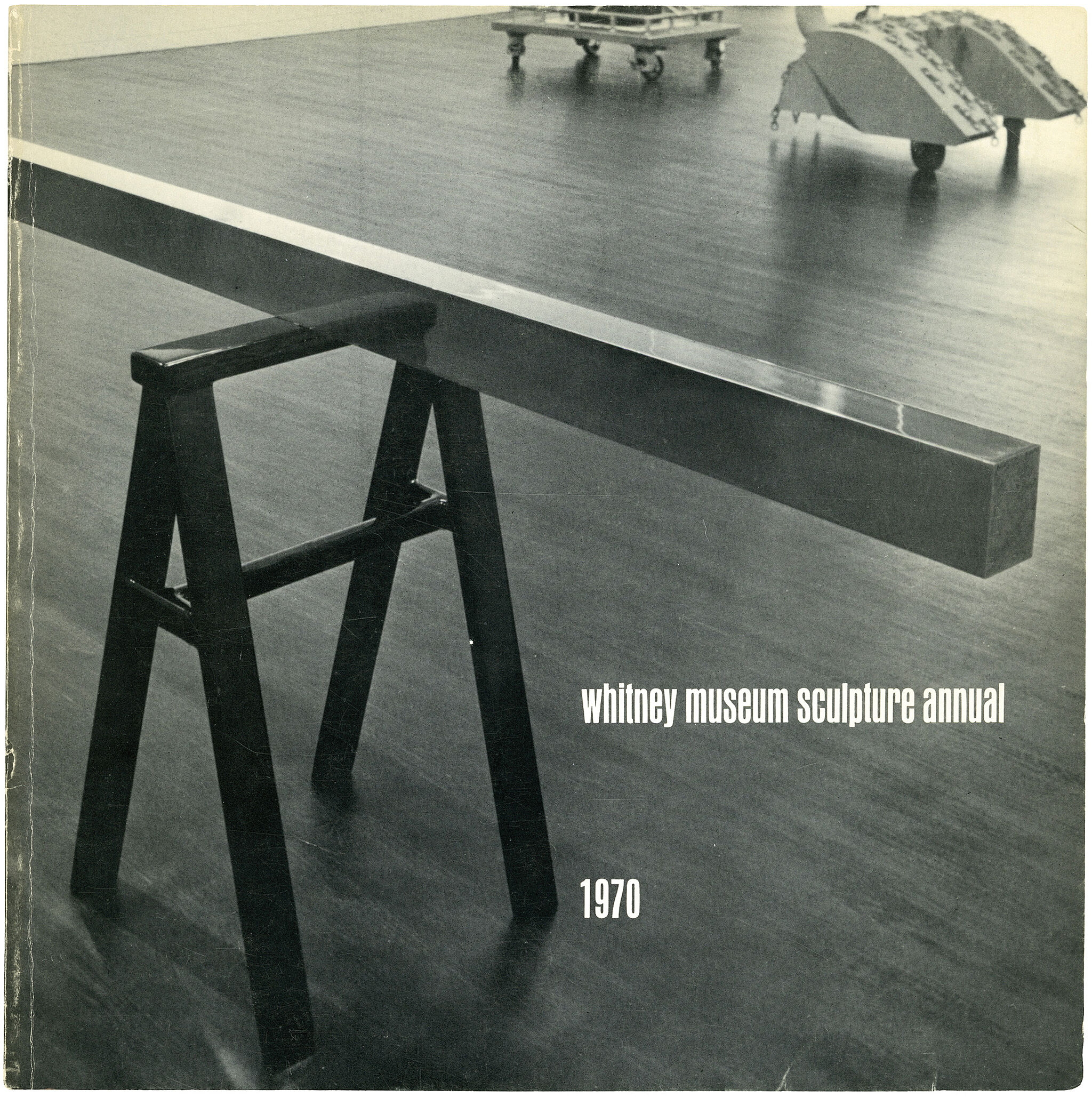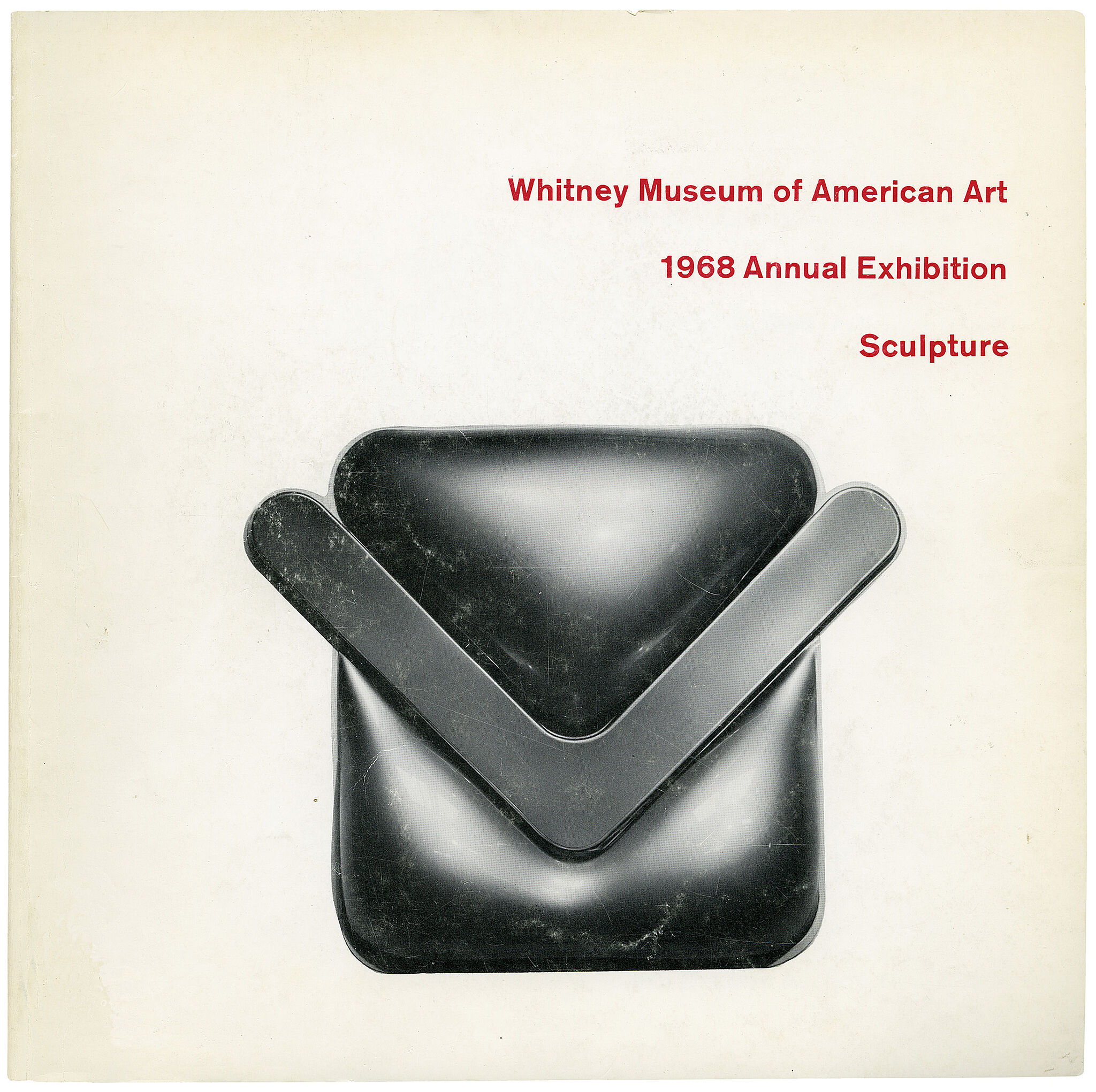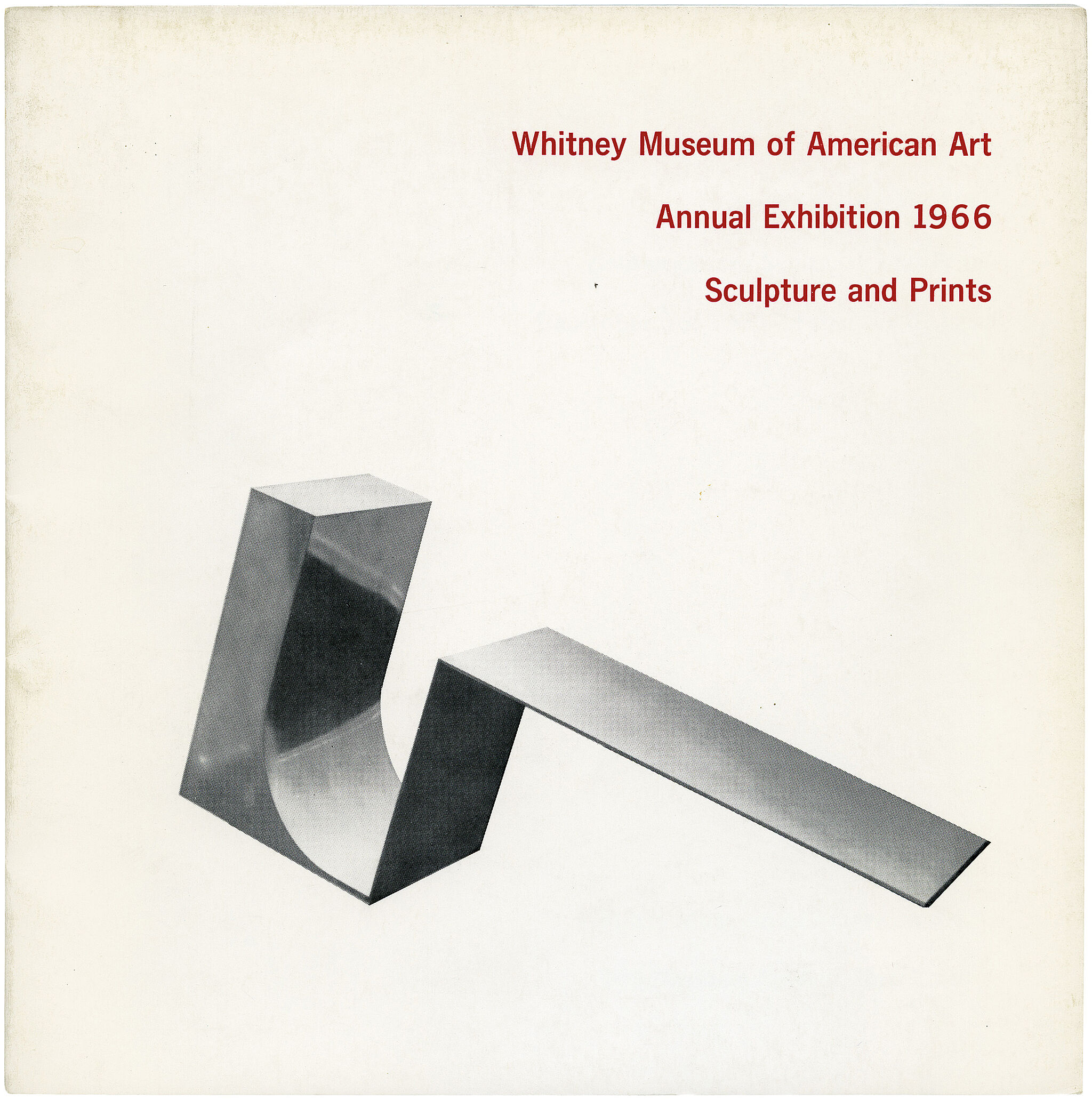Robert Morris
1931–2018
Robert Morris began his career as a painter in the late 1950s but turned to sculpture in 1961 and emerged as a central figure in the burgeoning movement of Minimal art. Relying on reductive geometric forms and industrially fabricated objects, Morris’s work from the 1960s explores the perceptual and experiential effects of three-dimensionality. Untitled (3 Ls) consists of three large L-shaped stainless steel beams, each placed in one of three possible configurations: upright, flat on its side, or balanced to form an inverted “V.” These units have identical dimensions, but Morris allows them to be reconfigured for each location in which they are displayed and viewers can move around and between the three elements. The varied orientations and configurations of the components can have dramatically different effects on viewers. As Morris once explained, “Simplicity of shape does not necessarily equate with simplicity of experience.” The sculpture prompts spectators to consider how they share space with the work and what it means to perceive objects, both optically and physically.
By the late 1960s Morris had begun to move away from Minimalism’s rigid, industrial forms and was experimenting with rope, rags, and felt to create sculptures whose shapes were largely determined by chance and gravity. In Felt Morris created a regular pattern of incisions in a large rectangular sheet of felt. When hung from the wall, however, this precise geometry dissolves as the pliable material settles into a tangle of strips.
Each time it is installed, the work’s configuration relies on the wall from which it hangs, the floor on which it rests, and the physical manipulations of the installers. Through such sculptures, and through writings such as his influential 1968 essay “Anti-Form,” Morris signaled the beginnings of Postminimal art.
Introduction
Robert Morris (February 9, 1931 – November 28, 2018) was an American sculptor, conceptual artist and writer. He was regarded as having been one of the most prominent theorists of Minimalism along with Donald Judd, but also made important contributions to the development of performance art, land art, the Process Art movement, and installation art. Morris lived and worked in New York. In 2013 as part of the October Files, MIT Press published a volume on Morris, examining his work and influence, edited by Julia Bryan-Wilson.
Wikidata identifier
Q465168
Information from Wikipedia, made available under the Creative Commons Attribution-ShareAlike License . Accessed November 23, 2025.
Introduction
American sculptor and installation artist who from 1966 assumed a primary position in determining the objectives of the movement later called Minimalism in New York City.
Country of birth
United States
Roles
Artist, art historian, choreographer, cinematographer, installation artist, lecturer, painter, professor, publicist, sculptor, video artist, writer
ULAN identifier
500020041
Names
Robert Morris, Robert Clarke Morris
Information from the Getty Research Institute's Union List of Artist Names ® (ULAN), made available under the ODC Attribution License. Accessed November 23, 2025.

